Someone once called me an “overeducated hooligan”. It was one of the best descriptions / compliments of me as a motorcyclist or human that I’ve ever heard. I’m here to put that overeducated aspect to use to explain why investing in motorcycles isn’t a great idea compared to most other ways you could invest — with a caveat at the end.
I have a background in being a soulless corporate suited drone who made millions for other people. I spent some time in management consulting for one of the big firms, and in private wealth management for a little fund that was so private it doesn’t even have a website, but had $1B of funds under management. So, I’ve seen a lot of numbers, and met people with many to their names.
Over time, I’ve personally made some good decisions (buying Tesla and Apple stock relatively early) and poor ones (too many to list), but one thing I’ve never been convinced of — in a purely financial sense — is the concept of “investing in motorcycles”.
So let’s look at:
- Why people think investing in motorcycles might work (which I call “man math”)
- All the reasons why investing in motorcycles doesn’t work
- Caveats: Reasons that are perfectly good for investing in motorcycles
Buckle up!
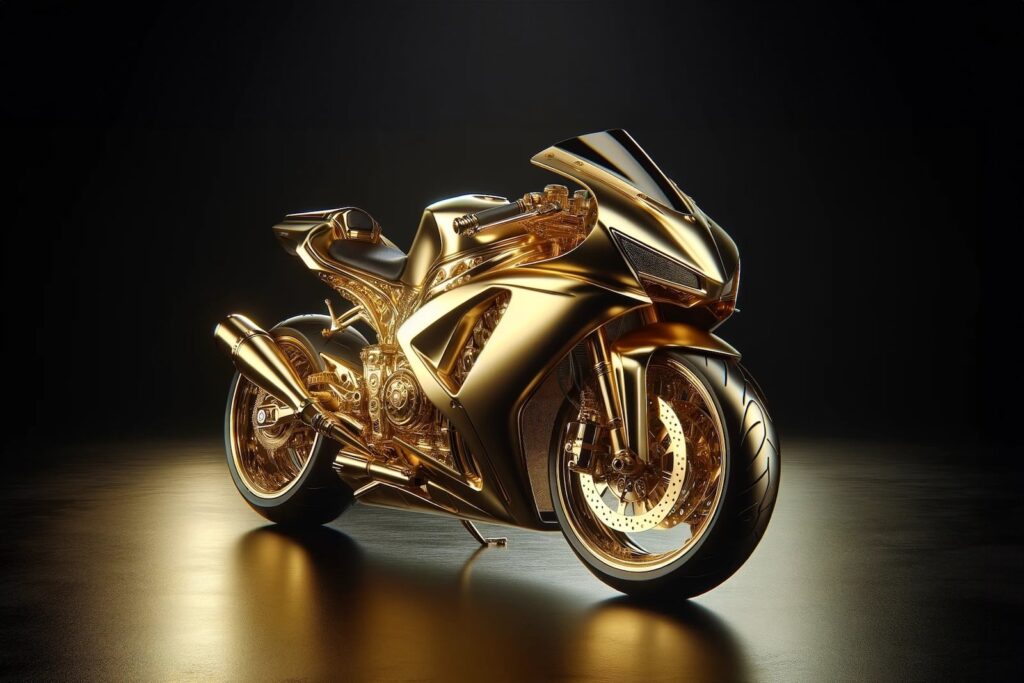
Are you obsessed with motorcycles?
Well, I am. That’s why I created this site — as an outlet. I love learning and sharing what others might find useful. If you like what you read here, and you’re a fraction as obsessed as I am, you might like to know when I’ve published more. (Check the latest for an idea of what you’ll see.)
Why Invest in Motorcycles? Who’d think this was a good idea?
How do we come up with this idea? Why do people think investing in motorcycles could actually have a payoff?
If you’re a two-wheeled fiend like I am, then it’s really easy to see the case for it. I mean, we talk ourselves into anything. This is what we jokingly call “man math”. (Women have a similar concept. Let’s not get into gender wars here; I have women motorcyclist friends, of course, but “person math” sounds boring.)
Firstly, let’s all agree that you are a person of taste. You’ve bought (or wanted to buy!) bikes or cars in the past, and now they’re three, five, or ten times the price for no discernible reason. I wanted an R32 Skyline in the 90s, but that’s likely to never happen now. I also thought a Desmosedici RR was a pipe dream a decade ago; it’s now more out of reach than previously!
You probably are eyeing other bikes or cars that you know are cool right now that you suspect will become collector’s items. They’re not the ones that they tell us will be collectibles, but you know you have taste. Random example? The Dyna/Twin Cam Harley-Davidson Low Rider S (FXDLS). It’s already going up. Second one for non Harley-heads: a 60th Anniversary Yamaha YZF-R1. Or for car people, a Toyota GR Yaris. OK, now I’m just starting to describe my dream garage (which would go next to my dream track, next to my dream house, in the windiest of Alpine mountain areas… wake up, Dana…)
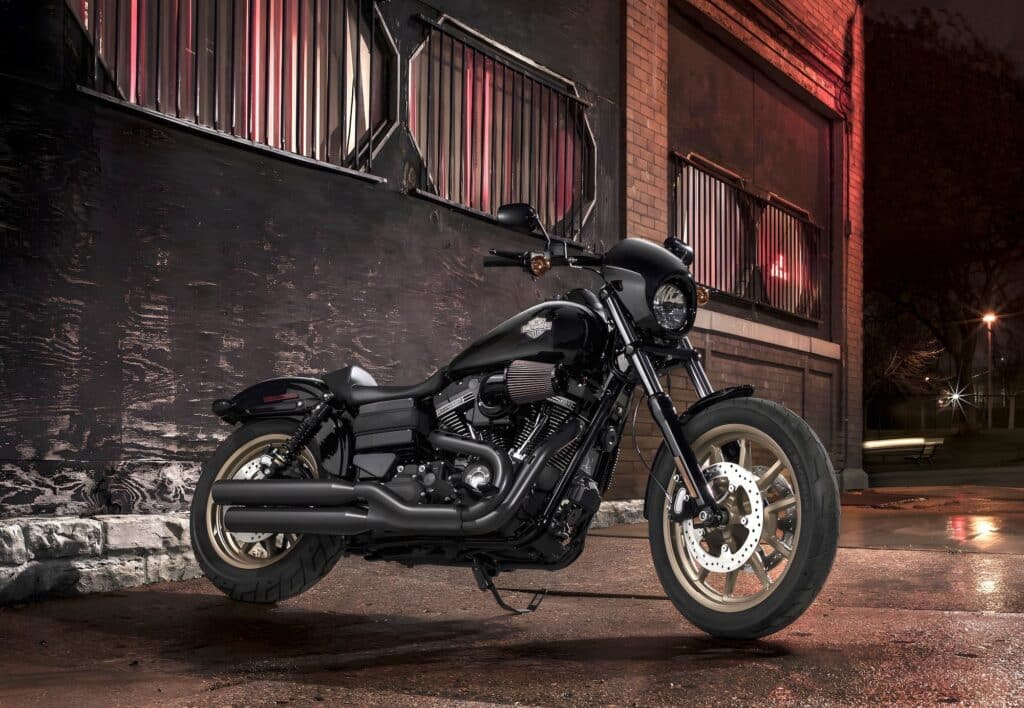
Secondly, you’ve probably heard of so many motorcycles that keep going up in price, some selling for more than they were new. Original Ducati 916 SPS models still in their crate. Honda Valkyrie Runes that go up in miles but also in dollars. And the Suzuki Katana 1100, which is still a weird-looking bike, but an ever more expensive one. I mean, it seems more likely I’ll go into space as a tourist one day than ever own a Honda NR750.
You see these bikes you like and think “Hey, I could ride a motorcycle, and then maybe profit afterwards. It’s win/win, baby.” The key is to buy low and sell high. Right?
Finally, convincing yourself that you’re “investing” means you now have a business case for filling your garage with motorcycles. “It’s for our future, honey!” (Never mind that you’re talking to yourself.)
So that’s how we think it might be a good idea. It’s kind of heart-led but brain-justified decision making.
But let’s look at why investing in motorcycles is usually not a good idea. There are a few principal reasons. These are:
- Inflation: yesterday’s dollars don’t equal today’s dollars (or pounds, rupees, Euros, or yen)
- Unaccounted-for costs: Storage/Space, Opportunity, Maintenance
- Liquidity: It’s only worth what someone will pay for it
These are aside from the fact that most of us investors tend not to have the intestinal fortitude and patience of huge institutional investors. Plus, we’re riddled with bias — in other words, we’re human. These are general caveats for investment. I’ll look at these briefly at the end.
Do Investible Motorcycles Even Return Much?
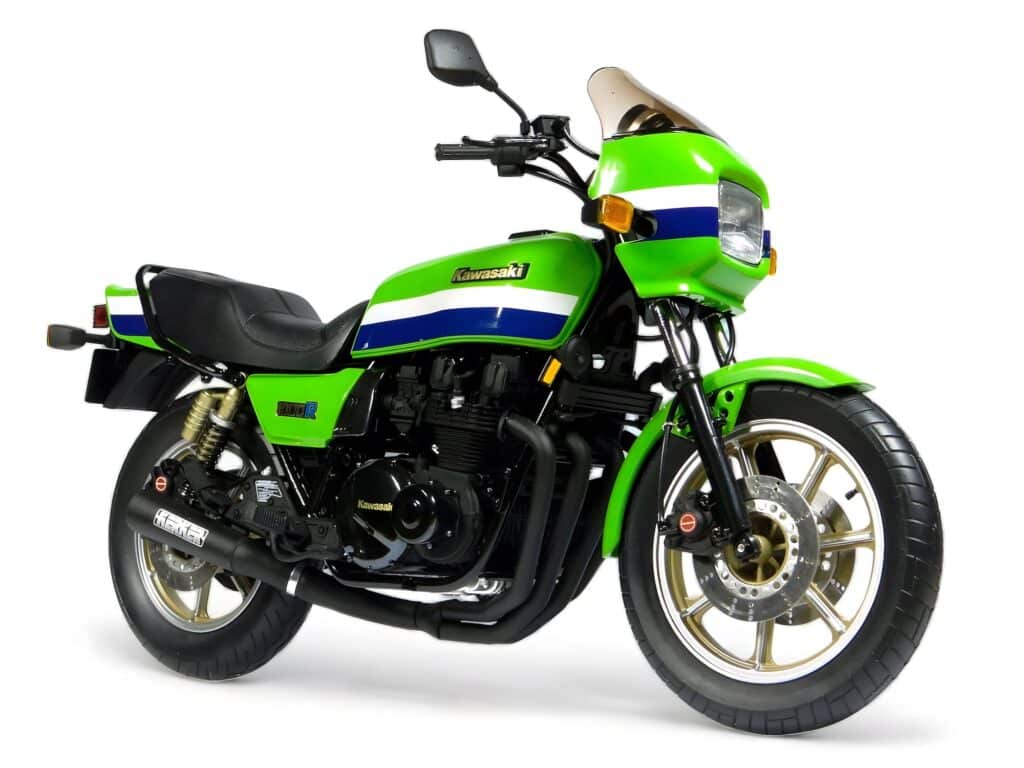
Firstly, what can a collectible motorcycle return? Let’s look at a few classic motorcycles that have collectible status and that keep going up in price.
I’ll take their original MSRP and the average of some recent prices from premier brokers like BringATrailer and Iconic Motorbikes.
The below is a mish-mash of motorcycles that I know of anecdotally as being classics. It’s selective. I did some googling for classics, but I didn’t just want to have a list of Ducatis, so I included some bikes that I know are thought of as collectibles these days. (Want to add some? Drop a comment and I’ll do some digging.)
| Model | Year launched | Launch MSRP (USD) | Recent sale prices average | Notes | Growth | Years | Annualised growth |
|---|---|---|---|---|---|---|---|
| Kawasaki KZ1000R Eddie Lawson Replica | 1982 | $4,400 | $17,082 | Average of 10, Iconic Motorbikes | 288% | 41 | 3.36% |
| Ducati Paul Smart 1000 | 2006 | $14,995 | $23,500 | Average of 8 2023 auction prices on BaT | 57% | 17 | 2.68% |
| Ducati 916 SPS | 1998 | $24,000 | $32,346 | Average of 5 sales, last two years, Iconic and BaT | 35% | 25 | 1.20% |
| Honda Valkyrie Rune | 2004 | $24,499 | $21,800 | Average of 10 2023 auction prices on BaT | -11% | 19 | -0.61% |
| Ducati Desmosedici RR | 2008 | $72,500 | $63,200 | Average of 19 on Iconic Motorbikes since 2001 | -13% | 15 | -0.91% |
| BMW HP2 Sport | 2006 | $25,375 | $16,886 | Average of 4, some on BaT, some on Iconic Motorbikes | -33% | 17 | -2.37% |
What do you notice? Only the 1981 Kawasaki ELR beat inflation (see below) — and barely. And that’s if you a) had the stomach to keep it in mint condition for over four decades despite the ups and downs of the economy and your life probably changing a few times since, and b) before you factor in all the costs of storage and ownership (we’ll get to that, too).
The other motorcycles lost value next to inflation. In other words, their main value was as a motorcycle. If you owned one of these and didn’t ride it or appreciate it in some other way (like looking at it), then you were just losing money.
This implies that a cold-hearted investor who has no attachment to motorcycles — who doesn’t care to even look at them — absolutely should not invest in motorcycles next to things like houses or stocks (which are known to return on average around 8% over the long term). The only reason you’d buy motorcycles is if you actually like them and want to wear the cost (I’ll mention this at the end).
There are tons of caveats to the above analysis. I did it in a simplistic way. You might have bought those bikes for less than the MSRP at a time when prices were low. But I wanted to keep it consistent across the models for a repeatable formula.
Inflation: Yesterday’s Money ≠ Today’s Money
One reason why returns are often misjudged is inflation.
Inflation is economics voodoo which seems made-up, though most schools of economics support steady inflation (if you can manage it) as better than uncontrolled inflation. Regardless, inflation exists — here’s my ELI5 of why on my personal blog.
In summary, the effect of inflation is that over time, our cash becomes less valuable, and in theory, we should get paid more to make up for it. On average, I hope we do.
In most developed economies, inflation has a steady long-term rate of somewhere between two and four per cent. In higher inflation periods, western economies have had much higher inflation of five to eight per cent (sometimes eclipsing 10%), which is rough until you remember that Turkey spent a long period with inflation in the mid-double digits and Argentina’s inflation rate has been in the triple digits for a long time — prices go up around 10% a month, and many salaries don’t rise to match. And those are pretty wealthy countries. Anyway, inflation sucks, but it sucks a lot more for a few of us, for reasons beyond the immediate control of ordinary people.
The interaction of inflation, supply and demand, and central bank interest rates is a complex one that’s outside the scope of this article. But generally, the net effect is that the price for goods and services gradually rises over time in (ideally) a controlled way. As this happens, the list price of motorcycles — and all goods and services — goes up.
Any investment’s performance should be measured against inflation. If you assume long-term inflation to be 3%, then a return of 3% on an investment means you’re netting zero. If you keep your money under the mattress, then you’re losing 3% a year. If you make 6%, then you’ve beat inflation by 3%, and are netting 3%.
That’s why it’s so funny to think of ads from fifty years ago for cars. You could buy a brand-new car for a couple of grand. Of course, people earned much less back then.
But of course, most of us don’t hold onto mint-condition vehicles for fifty years. At best, we might hold onto something from twenty years ago. So that’s a more reasonable period — twenty years.
The effect of three per cent annual inflation over 20 years is that a price would have gone up by 80%. This means that if you find a motorcycle that hasn’t changed in 20 years, then it would be reasonable for it to cost 80% more now.
But are there motorcycles that haven’t changed in decades? Yes, there are! Let’s look at a few that are a decade or two old and have barely changed, other than in colour schemes. Many of these are still only available new in the US — which is the currency and pricing I’ll use as the basis of comparison.
Below, you can (for a set of motorcycles that haven’t changed much from different manufacturers) see the original MSRP, the current MSRP, and see what their effective inflation rate is.
| Model | USA 2023 MSRP | Year first made | Launch Price | Years production | “Price has gone up by” | Effective inflation rate |
|---|---|---|---|---|---|---|
| Honda Fury | $11,499 | 2010 | $13,999 | 13 | ~-20% | -1.50% |
| Honda XR650L | $6,999 | 1993 | $4,399 | 30 | ~60% | 1.56% |
| Kawasaki Vulcan 900 | $8,999 | 2006 | $8,499 | 17 | ~10% | 0.34% |
| Suzuki DR650 | $6,999 | 1996 (SE model) | $5,199 | 27 | ~30% | 1.11% |
| Suzuki Boulevard M109R | $15,599 | 2006 | $12,399 | 17 | ~30% | 1.36% |
| Yamaha TW200 | $4,899 | 2001 (disc brake update) | $3,599 | 22 | ~40% | 1.41% |
For these motorcycles that have not changed, you can see that the prices have all risen by less than ~1.5% per year. In fact, some of them have gone down since launch price, which is exacerbated by the fact that inflation means today’s money is worth less than it used to be.
Since average inflation is 2-3%, you could have not purchased any of these motorcycles back then, and got them for less money, now. In real dollars, they’re all cheaper.
Another interesting way of looking at inflation is model lines that manufacturers have continued to invest in over the years. They’ve refined the engines, given them more power, increased the tech level (for better or worse), and of course upped the price.
One example of this is the Suzuki GSX1300R Hayabusa. Suzuki first introduced the Hayabusa in 1999. Since then, they’ve revamped it two times, first in 2008 (plus a few tweaks for 2013), and then again in 2021.
In 1999, the base MSRP of the Hayabusa in the USA was US$10,400.
Since then, the US had an average inflation rate of around 2.5%. Sometimes a lot higher, sometimes lower. In total, the cumulative effect of inflation from 1999 to 2023 is that on average, a basket of goods would cost 85.6% more than in 1999.
So the inflated price of the 1999 Hayabusa, in 2023 dollars, is $19,491. But the MSRP of the 3rd gen Hayabusa in 2021 is $18,799. So the Hayabusa has become cheaper in real dollars — despite becoming better.
See here for a longer discussion of the effect of inflation on the Hayabusa.
This is particularly important to understand because the original “copper” Hayabusa from 1999 is something of a collector’s item. But the good-condition ones I’ve seen still don’t cost as much as a new one. So while they’ll go up in price, they still won’t even match inflation — you’ll be losing money.
Ownership Costs: Storage, Maintenance, Registration, Insurance
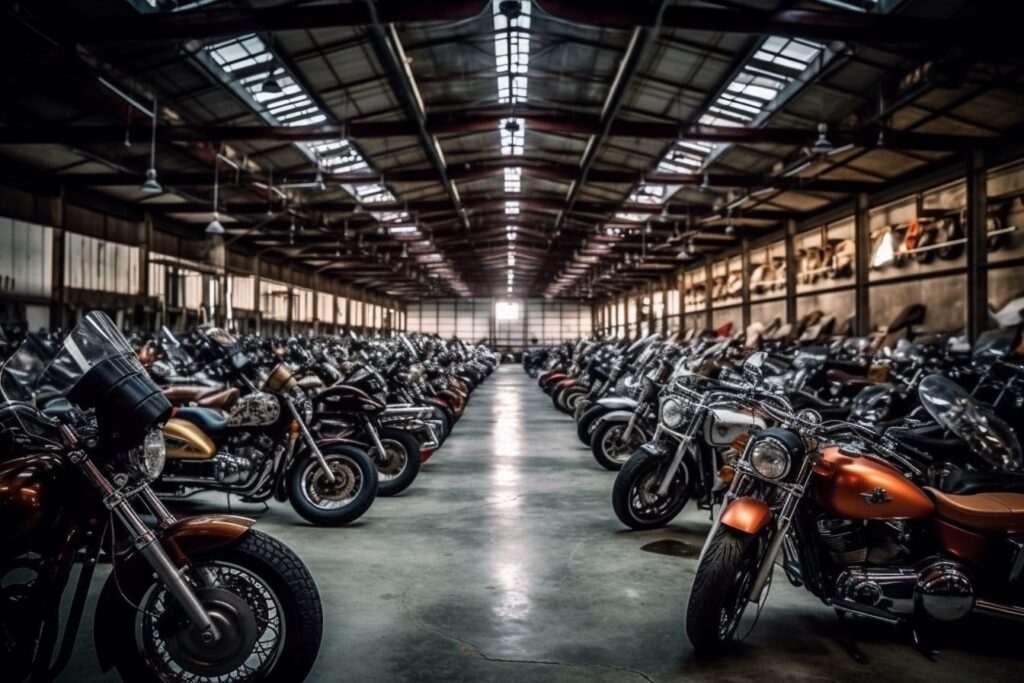
The second reason investment in motorcycles doesn’t really make sense is the hidden cost of ownership. This hit me hardest when I went overseas a while back and I decided to store my much-loved motorcycles in a big secure garage. It cost me around US$70 a month per motorcycle (including attentive service, regularly starting them, etc.). Not much, but over the course of a year, I started to question whether it was worth it compared with selling and buying again.
If you keep your motorcycle in a crate — uninsured, not ridden — then you still have to store that crate somewhere. That place needs to be controlled for humidity, secure, and ideally, it should be insured.
Say you live on a farm in a moderate climate. You have loads of storage space in a sealed shed. Putting something there takes up zero effective space as nothing would have gone there anywhere. It’s very safe where you are, so you don’t pay for insurance of any kind.
If you’re in such a privileged situation, then storage costs would be effectively zero for you. But the more motorcycles you add, the more you have to start thinking: “But what if I rented out this storage space? Or sold this property to someone who’d use it more effectively?” Therefore, the implied storage cost still exists. It’s always above zero.
For those of us who actually ride motorcycles, we have to pay for maintenance, plus registration and insurance (if it is ridden on public roads). As you know, those costs can amount to thousands of dollars a year.
Again, if you’re riding a motorcycle, you probably enjoy it. You’d write that cost off as paying for pleasure, which is fine! But it’s a cost out of your wallet nonetheless.
Liquidity: Collector Motorcycles are Hard to Sell
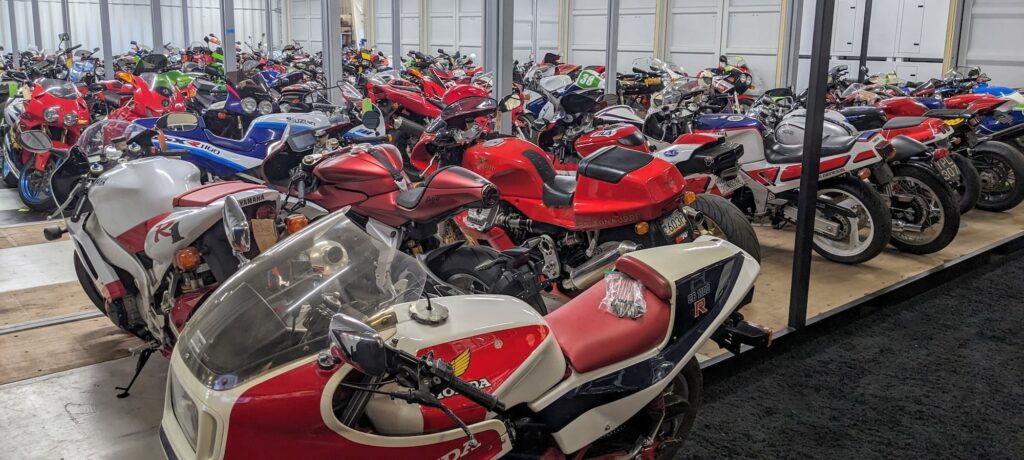
Finally, selling a motorcycle is hard. When you’re selling a cheap bike, people will lowball you. When you’re selling an expensive one, people will tell you you’re asking too much, even when they have no intention of buying.
Of course, you can ask what you like, and payers will pay whatever they want to pay. But you’ll have to put up with a lot of bull and wait a long time for the sale to happen.
The difficulty of selling collectible motorcycles is best resolved through auction sites, where people will commit exactly what they want to spend for a motorcycle. You can go through BringATrailer, or through a specialised site like Iconic Motorbikes, if you’re based in the US. Other countries might be more limited in options, e.g. to eBay.
From personal experience, selling a motorcycle takes patience. Or better put, it’s a pain in the butt! Creating an ad takes time and usually money. I have to deal with enquiries, be present for inspections, follow up with people, and finally organise the transfer of the title.
The whole thing takes up enough of my time and mental energy that it’s usually more efficient to hand it off to a dealer — the real cost of selling motorcycles is one of the reasons they exist. A doesn’t just take care of the hassle — they also have access to a much wider market and can do the job more quickly.
(If you enjoy the process of selling a motorcycle and are good enough at it to beat the costs, then consider becoming a dealer yourself! We need more good ones.)
Other Factors Against Investing in Motorcycles
There are other factors why investing in motorcycles is hard. But they’re more reasons why investing in anything is hard — they’re just amplified by the above reasons.
Firstly, it’s hard to maintain a long-term mindset. Most of us don’t buy a bike and think we’ll be able to keep it in great condition for the decades needed to realise a return.
Even if we do have storage and a long-term mindset, there’s a lot that can happen in a few decades. You might have kids, have to move, change jobs, have to weather different economic conditions, or more things. War might break out. Gasoline/petrol might become hard to find in the coming decades. You might encounter more restrictions on where and how you can ride — like it might become impossible to go into the middle of cities, or speeding cameras might multiply by such a degree that riding becomes an exercise in frustration.
All those things can significantly affect how long we keep our investments like motorcycles.
We also have loads of bias in making investment decisions. Yes, you might look back on bikes you should never have sold with a mixture of sadness and regret. It’s how I feel about letting my Honda CB900 Bol d’Or, for example.
But many people who think like that also ignore all the poor decisions they might have made. There were probably countless other bikes they thought about buying that wouldn’t have been good investments. Or many traditional investments that wouldn’t have been good, either.
In short, don’t let yourself be fooled by your brain! Unless you’re already Warren Buffett, you’re probably not going to make a bunch of wise investment decisions. And did Warren Buffett buy motorcycles?
Wrap-up: When is Investing in Motorcycles a Good Idea?
As a wrap-up, there are some situations in which (I think) I’d condone investing in collectible motorcycles. Precisely two. Firstly, if you think you have enough of an eye and aptitude for negotiation to “flip” motorcycles for a quick profit. And secondly, where you actually want to own or ride the motorcycle.
Flipping motorcycles is hard. Most people who try their hand at it (like me) end up roughly breaking even, not making a killing. And we only do it because we actually like motorcycles — we want to ride them while we have them! We just try to buy cheap and sell for more to allay the cost of an expensive hobby.
This brings me to the second point: Buy motorcycles if you like them. Do you like the idea of blasting around on an Eddie Lawson Replica because it reeks of 1980s cool? Buy one. Do you want to look at your Paul Smart 1000 in the living room? Plonk down for one. It’s OK to buy them just to own them, even though I sort of wish people wouldn’t (so we’d all have more to ride). But the only way you can justify the expense of a motorcycle is if you at least like looking at them.
There are probably other situations in which investing in motorcycles can make sense. I’d be curious to hear others’ stories. Write in or drop a comment! (Send a photo if you can.)

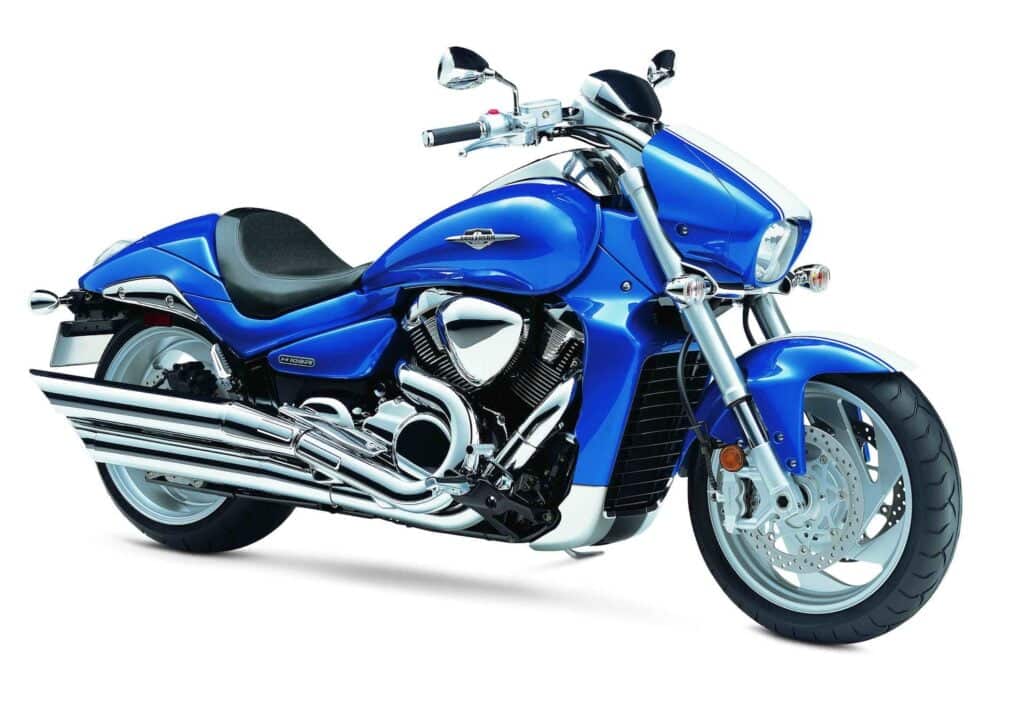
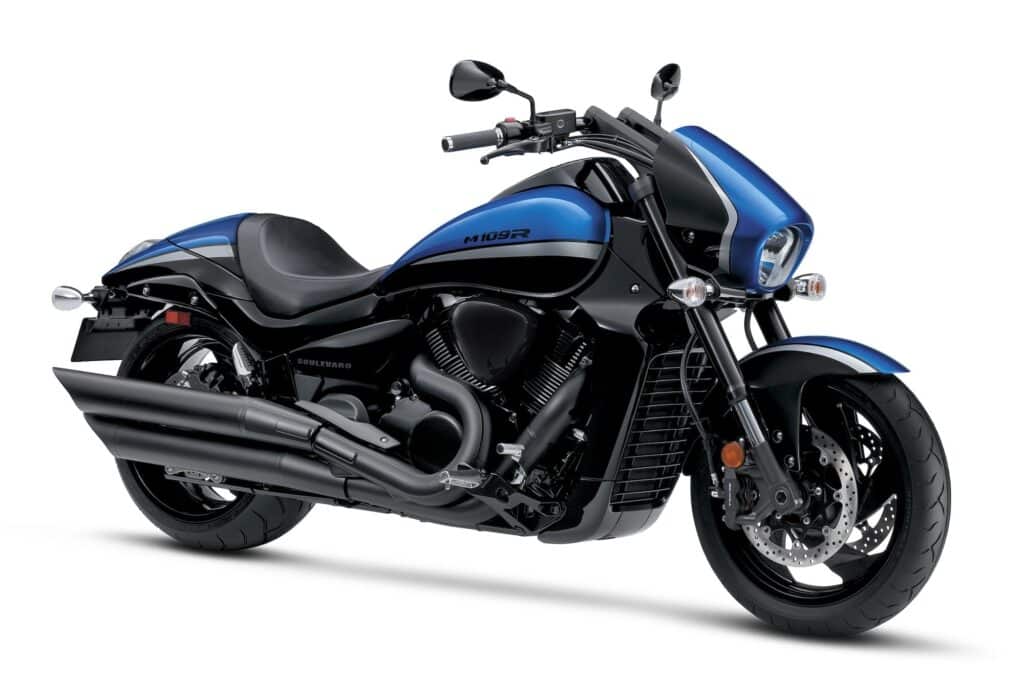
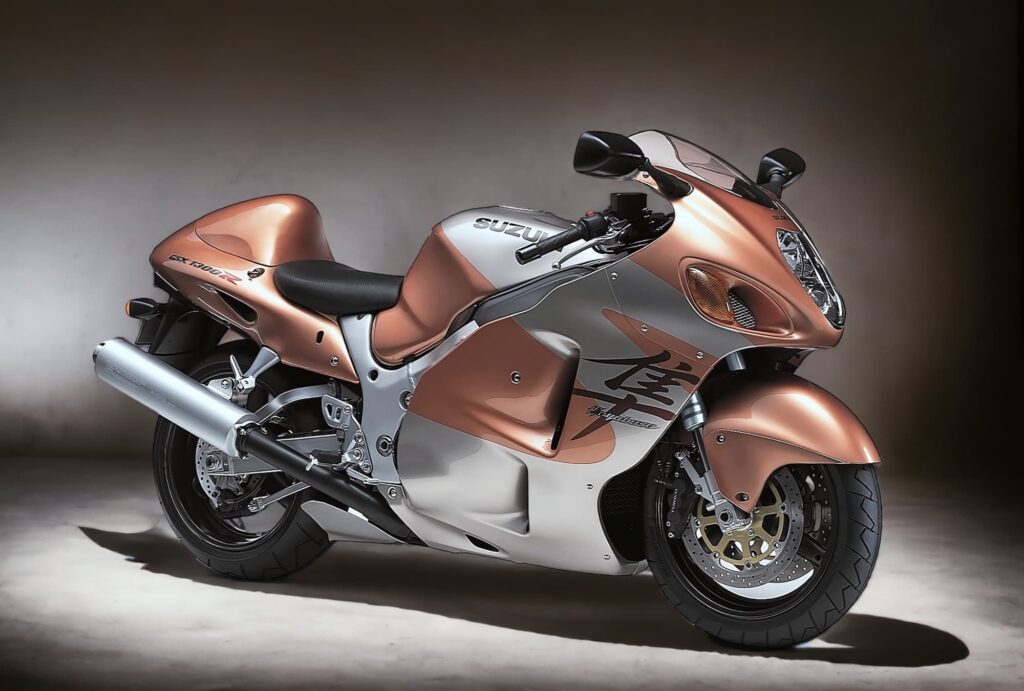

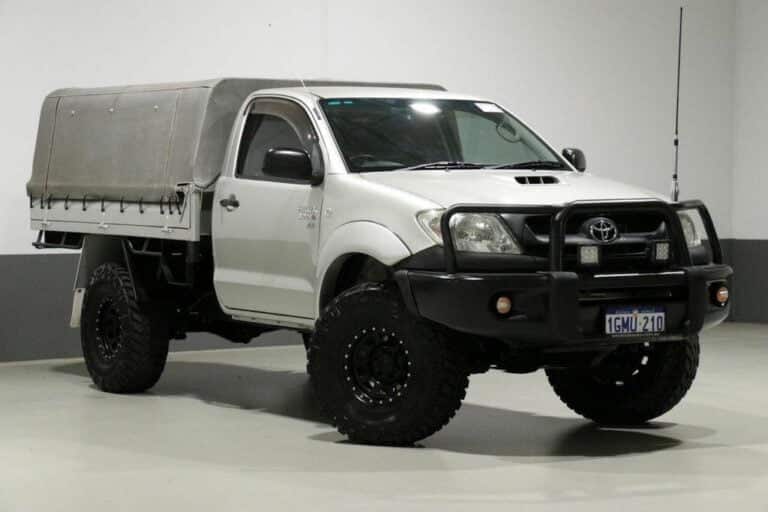
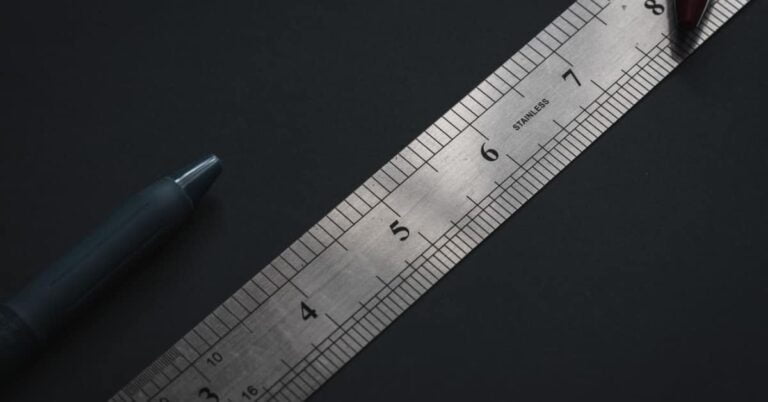

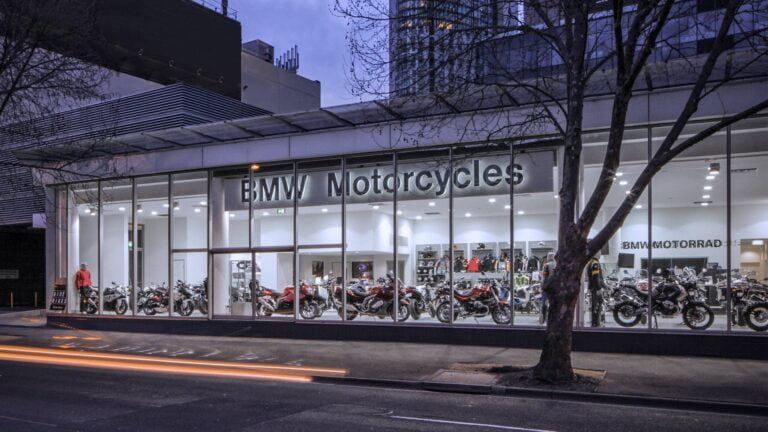
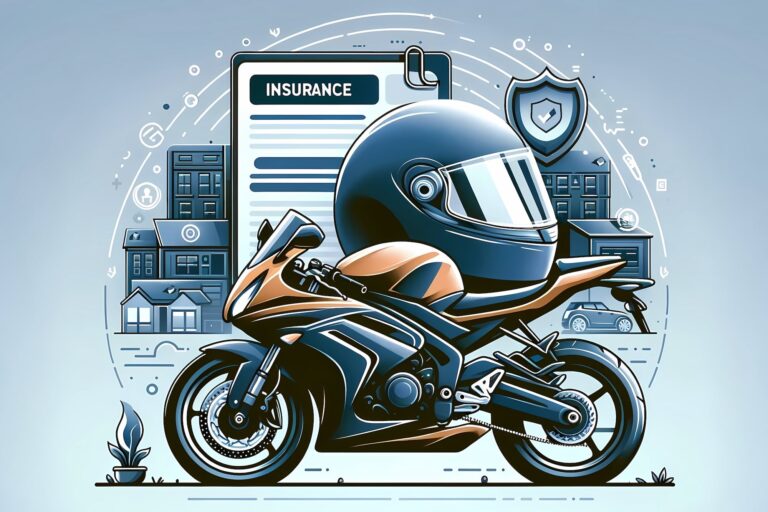
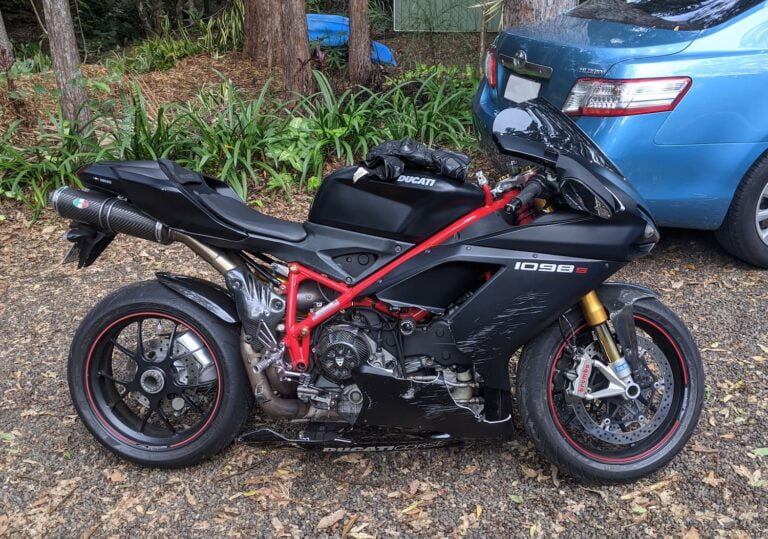
Good read. Nice to know the Ducati gp replica wasn’t a good investment. Thought about it at the time . The MV Augusta 750 Oro went up initially in Australian. I wonder how that faired?
I have a long term 2001 VFR 800 . ( Bought new in 2002 with a huge discount ) .
I’m looking at buying a restored Aprilia Falco but always have had trouble justifying paying two registrations when only one can be ridden at a time.
Looking at the cost the price of $5,700 and maybe owning it a couple of years then selling it for whatever price I can get and wear the loss as the fun I had owning it.
I judge a lot of this on what it costs to hire a bike so buy/ sell lose even with registration and insurance is way less than hire.
The VFR is a keeper. It so suits us for two up touring. I think the wife wouldn’t like the Falco pillion seat height. She wasn’t happy on a RSV 1000 r and the seat unit looks much the same so it would be a single bike for just me and that is a rare ride.
Those early gen VFRs are brilliant. It’s still an itch I haven’t scratched properly — my 8th gen wasn’t really the same. Just a few days ago I heard a 5th gen go past (was it you?) and it made the hair stand up on the back of my neck!
Anyway, I often do the same math as you… buy a cheap bike, maybe pay registration for six months, then sell it for more or less what I got it for (sometimes more, sometimes less). You pay a few hundred bucks for inestimable joy. But I think that’s the best I can do in terms of “investment” — investing in my own happiness.